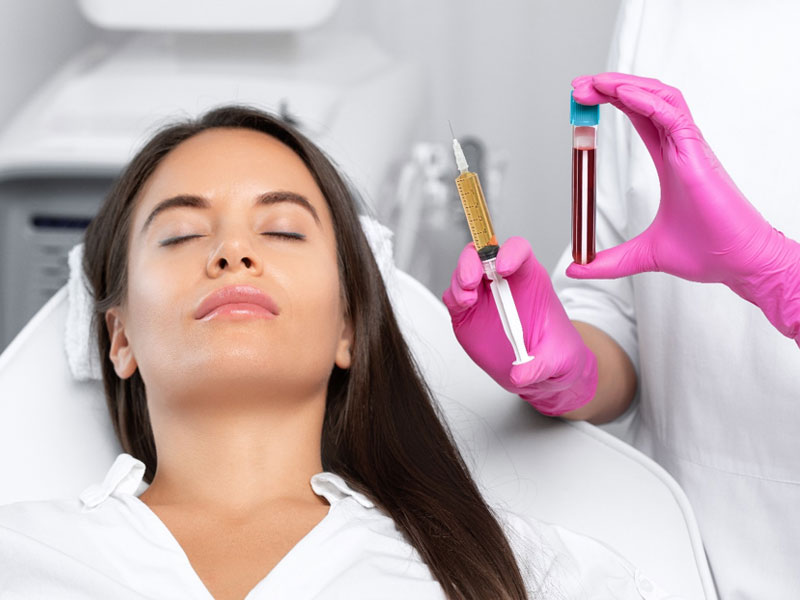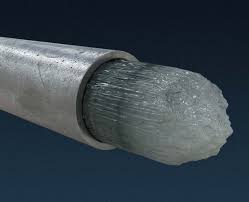Platelet rich plasma or PRP therapy is a form of alternative treatment that uses a patient’s own platelets to repair and regenerate tissues. Over the past decade, PRP has seen a surge in popularity across Europe for its ability to treat various musculoskeletal conditions and aesthetic procedures.
What is PRP?
Platelet rich plasma or PRP involves extracting a small amount of a patient’s own blood and processing it to concentrate the platelets. Platelets are components of blood that help with clotting and healing. During the PRP procedure, the blood sample is centrifuged to separate red blood cells from the plasma and platelets. The resulting platelet-rich concentrate contains up to 5 times the normal amount of platelets in circulation. This platelet-rich plasma is then injected into the injured or problematic area to deliver a therapeutic dose of platelets and growth factors locally. The growth factors and proteins in platelets signal stem cells and promote tissue healing when delivered to the targeted area.
Applications of PRP in orthopedic treatments
Europe Platelet Rich Plasma Therapy offers benefits for musculoskeletal conditions
PRP therapy has gained popularity for treating injuries and pain associated with orthopedic conditions like tendinopathy, ligament sprains, muscle strains and bone fractures that are not healing properly. The injections of autologous platelets can aid tissue regeneration and reduce pain and swelling in these types of injuries. Some common orthopedic applications of PRP include:
– Treatment of tennis elbow (lateral epicondylitis)
– Achilles tendon injuries
– Patellar tendinopathy (jumper’s knee)
– Plantar fasciitis
– Ankle sprains
– Non-healing bone fractures
– Preventing sports-related injuries
Several clinical studies have shown PRP to be an effective treatment option for these orthopedic conditions with benefits lasting for 6-12 months post-treatment in most cases.
Using PRP for aesthetic treatments
The rejuvenating effects of PRP in non-surgical procedures
Beyond orthopedic uses, PRP therapy is increasingly adopted in cosmetic and anti-aging treatments due to its natural wound healing and rejuvenating properties. Some popular aesthetic uses of PRP include:
– Hair regrowth treatment for balding or thinning hair
PRP stimulates hair follicle growth when injected into the scalp. Many European clinics now offer PRP hair restoration treatments.
– Facial rejuvenation
The nutrients and growth factors in PRP plump up skin, reduce wrinkles and dark spots when applied in a series of facial injections.
– Hand rejuvenation
PRP delivers collagen-building proteins to the hands to smoothen skin texture and reduce the appearance of age spots and veins.
– Acne scar improvement
PRP contains growth factors that stimulate new collagen formation to diminish acne scars over multiple treatments.
– Breast augmentation
When injected into breasts, PRP induces natural breast tissue growth for a mild breast enlargement effect.
Safety and limitations of PRP therapy
PRP side effects are rare but protocol is key
Being an autologous treatment utilizing a patient’s own blood, PRP therapy poses very minimal health risks. Some potential side effects may include temporary bruising, swelling or pain at the injection site. It is important that PRP extraction and injections are performed correctly by trained medical staff to ensure treatment safety and efficacy. While PRP has benefits, it may not work for every case, and multiple treatments over weeks may be required for best results. Also, its effects are not permanent, so periodic ‘top up’ treatments may be needed for maintenance. With proper patient selection and adherence to protocols, PRP continues to gain popularity as an orthopedic and cosmetic alternative in Europe.
The future of PRP therapy
Research and combined treatments hold promise
As clinical research on PRP expands, its effectiveness for newer applications is under investigation. Combining PRP with other proven treatments also holds promise. Some areas being explored include:
– Knee osteoarthritis: Studies test if PRP injections combined with hyaluronic acid viscosupplementation provide better pain relief than each alone.
– Dental/oral applications: Using PRP in combination with bone grafts to aid implant integration and accelerate socket healing post-tooth extraction.
– Skin rejuvenation: Combining PRP with microneedling or lasers may give improved anti-aging and acne scar resolution effects.
– Hair transplant: Injecting PRP pre and post-surgery aids graft survival rates and new hair growth.
– Sports medicine: Research analyzes if PRP reduces recovery time from injuries in elite athletes.
As PRP therapy becomes more mainstream, its benefits for additional conditions will continue expanding across Europe and beyond. When used properly, PRP provides a natural and minimally invasive alternative for tissue regeneration.
*Note:
1. Source: Coherent Market Insights, Public sources, Desk research
2. We have leveraged AI tools to mine information and compile it




